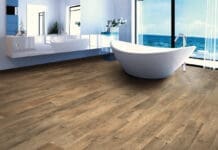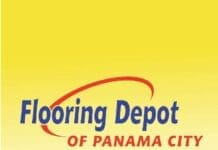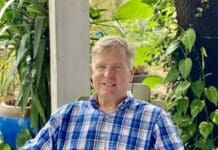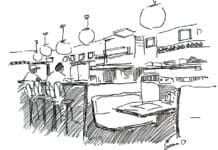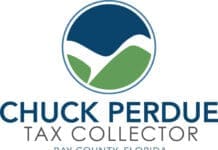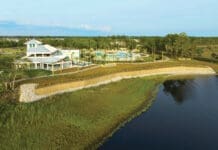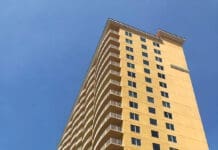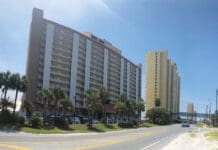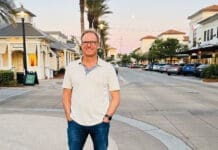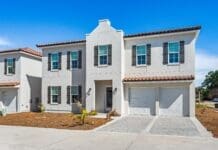By Ed Offley
A major tourist attraction planned for the expanded Pier Park could turn Panama City Beach into a major destination for surfers.
The Shell Point Beach & Surf Club is the brainchild of veteran surfer and Beach resident Warren Smith. Shell Point will feature a 500-foot wide, three-acre “surf pool” where an underground pumping station can generate continuous waves ranging in height from 1 to 7 feet. An artist’s rendition shows an expanding wave that flows outward in two directions from the center, providing two separate directions for surfers to take for a 200-300-foot ride to either end.
Smith’s company, the Emerald Light Group, is developing in the $80-90-million project.
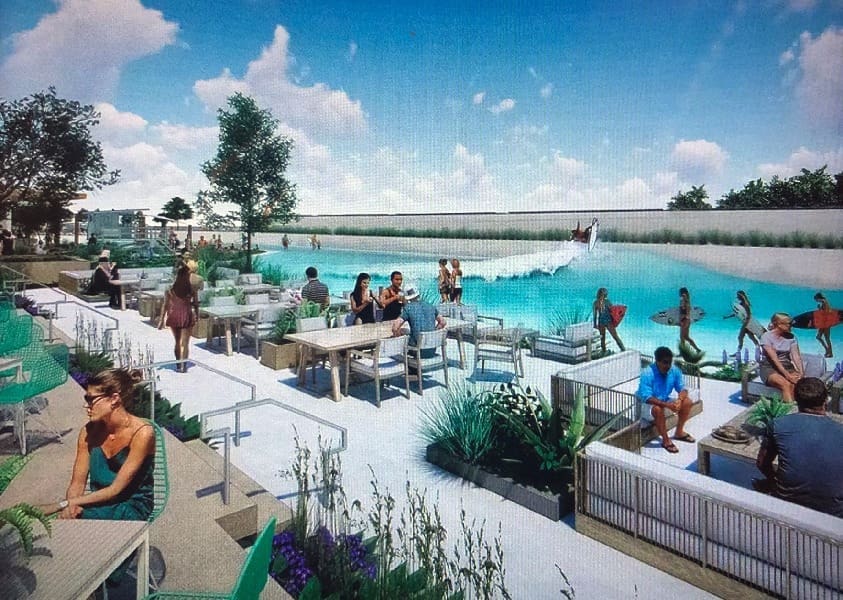
Shell Point will be located on a 10-acre tract in the new Pier Park East district immediately east of the soon-to-open TopGolf driving range on Powell Adams Road. Other features will include a full-service restaurant and bar, retail facility, family splash pad and swimming pool.
When open, the park will have 80 employees, mostly in the restaurant and retail operations. The wave pool staff will be minimal.
Under preliminary development since 2020, Shell Point cleared the second of five major hurdles on May 8, when City Council voted 4-0, with Councilman Ethan Register abstaining, to approve a Large Conditional Use Permit (LDC) for the project; Register abstained because he is an employee of St. Joe, developer of Pier Park East). This ratified a unanimous 5-0 vote by the city Planning Board on April 9 recommending Council approval.
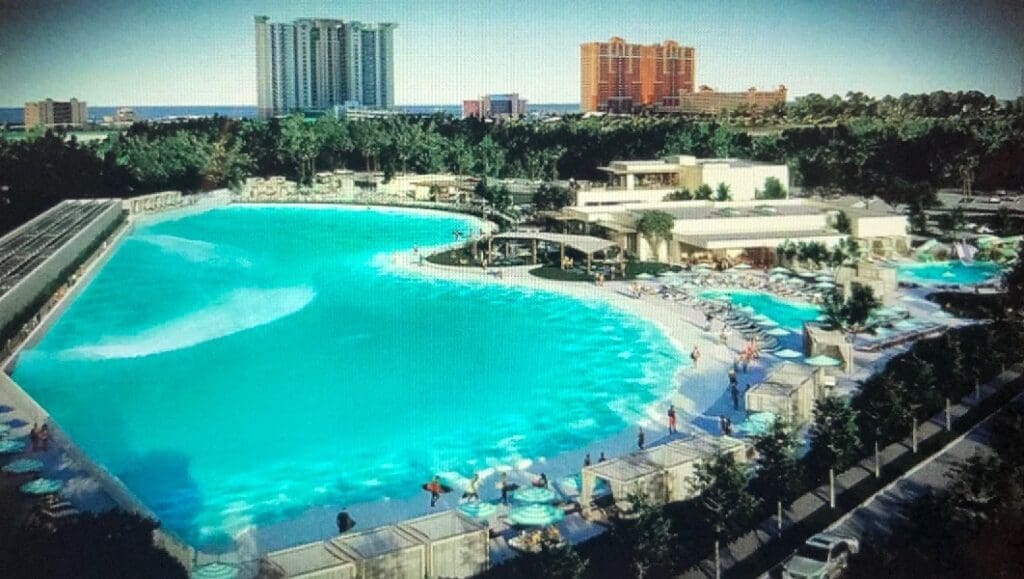
While lauded by tourist industry leaders and local surfers, Shell Point has not been without controversy. Its eastern perimeter fronts on Hills Road directly across from the Summerwood subdivision. The LDC application requested shrinking a 1,000-foot setback from residential areas – required under the city code – down to a 100-foot setback.
Civil engineer Robert Carroll, the project applicant, testified at the City Council meeting that noise and light pollution from Shell Point will be mitigated through a number of design steps imposed by the Planning Board. The park will be bound by an eight-foot-high masonry wall itself concealed behind a band of vegetation along the Hills Road right-of-way. Exterior lights will be shielded and directed so as to avoid shining in the direction of nearby houses. Outdoor speakers will be placed at ground level to minimize noise impacts. And during early operating hours from 6-10 a.m., the park operation will be limited to the pool, with the other amenities not opening until 10 a.m.
“We’re trying to create a controlled environment,” Carroll said.
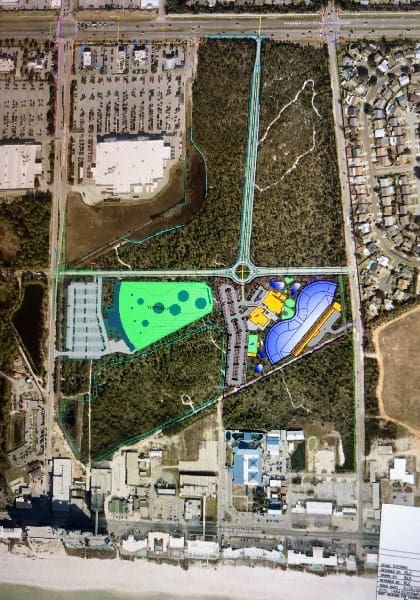
While several speakers identifying themselves as surfers praised the concept, most of the Summerwood residents at the Council hearing were unimpressed with the mitigating steps imposed by the Planning Board. Summerwood resident Stanley Stefancic challenged Carroll’s comments as “unsubstantiated,” and later demanded “some high-quality decision information” such as the sound levels generated at existing surf pools in other areas.
Mayor Stuart Tettemer assured the Summerwood residents that as the project progresses, the city will carefully monitor the design and site construction to ensure that the mitigating steps work as planned.
“They’re going to design it and we’re going to hold them to it,” said Vice Mayor Michael Jarman.
Councilman Paul Casto said he would like to see a detailed noise study of other surf parks in operation across the country, and his colleagues informally agreed.
In addition, Tettemer asked staff to explore a possible fast-tracking of the Community Redevelopment Agency plan to widen Hills Road to four lanes. Currently, that segment is not scheduled to occur in the next five years.
Prior to ground-breaking, the developer must apply for and receive a Development Order detailing the “horizontal improvement” to the site, which will also face planning staff review. After that, the city will work with the developer to complete a Construction Management Plan ensuring minimal disruption to the local area. The fifth and last step will be for Emerald Light Group to apply for a building permit.
“Once the project clears its final application milestone, construction will take about two years,” Carroll said.















